Shocking work of the photographer, who lived in a psychiatric hospital
• The shocking work of the photographer, who lived in a psychiatric hospital
Ukrainian photographer Stepan Rudik with management approval lived for some time in a mental hospital in a different look at those held there.
Stepan Rudik was born on December 6, 1982 in Izmail (Odessa region). He graduated from the Kyiv National University of Culture and Arts with a degree in "Photo Art". Removes reports, portraits, genre picture. Member of the Union of Photographers of Ukraine and Russia. Winner of the Grand Prix of the international competitions, Fellow of the National Polish Cultural Center Gaude Polonia in 2010.
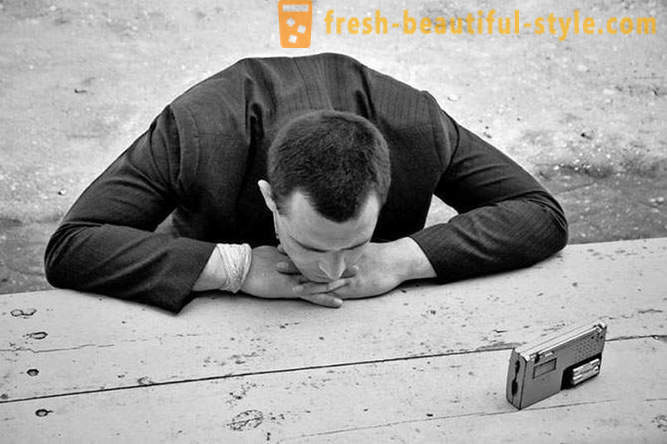
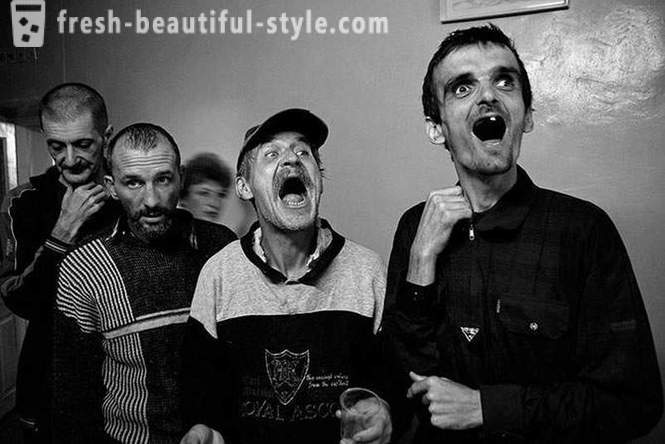
Any problems with clients I have not encountered. I immediately made friends with the patient my age, he was almost constantly with me as a guard.
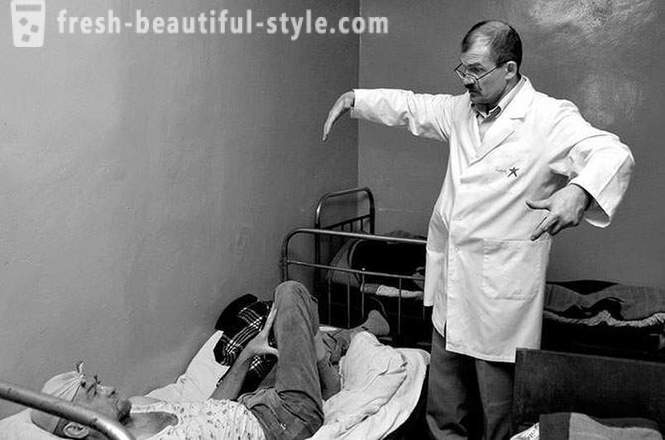
First, though, all shied away from me, but on the second day began to get used to me, and to the camera.
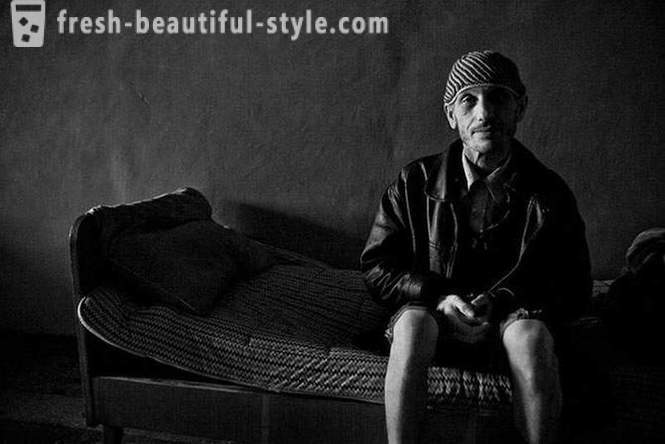
At some point, he begins to doubt his normality, but I had a camera, and he became my bridge to the familiar world. It's amazing what a small piece of metal with bits of glass, and what effect!

For me, the principle of documentary shooting - non-interference in what is happening, observation without direction, although a person with a camera just by their appearance has changed reality.
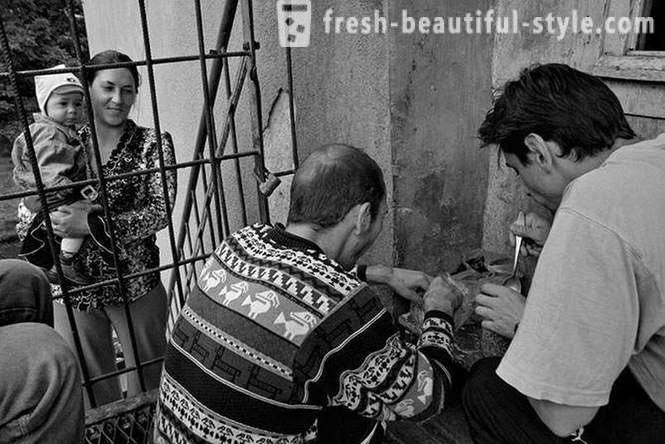
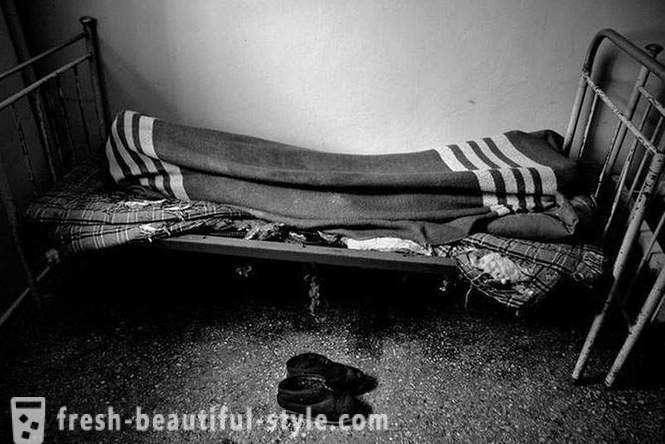
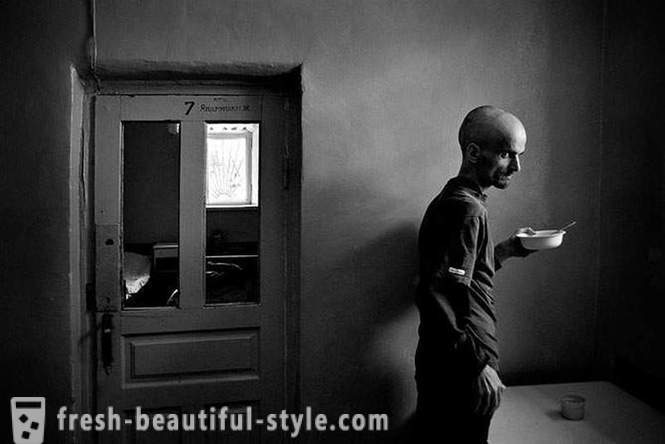
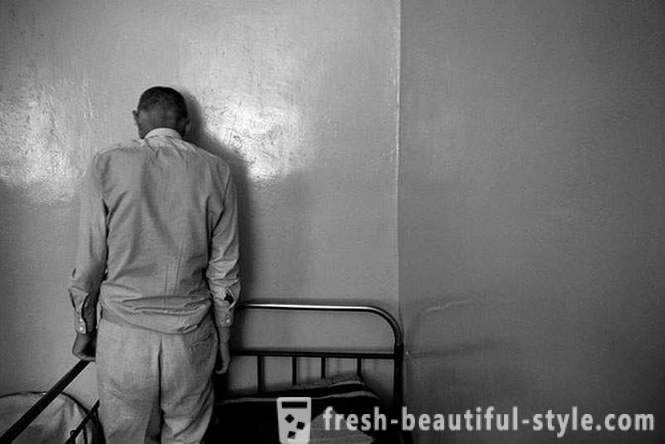
Of course, it was scary to stay overnight in the ward with patients (I wanted to dive into the topic as much as possible), and even worse to wake up.
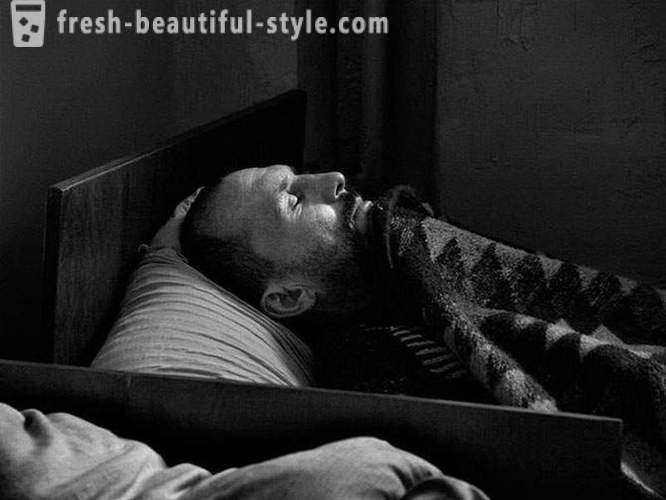
I remember when I woke up, the first thing I saw this patient washing mop wall.
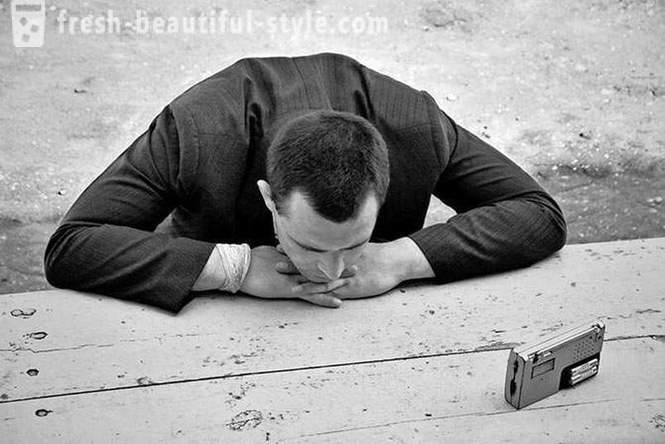

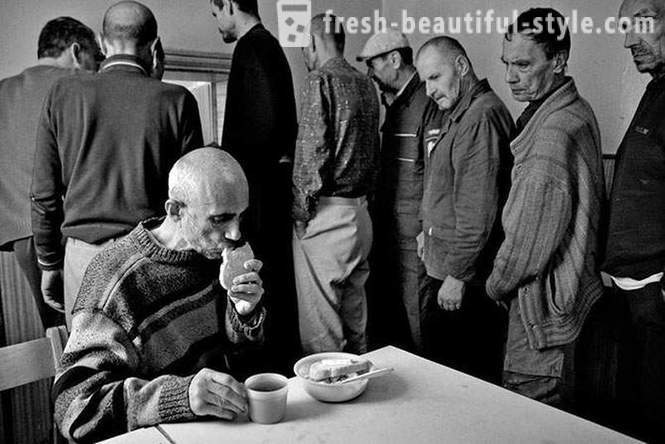
I am in any case did not want to humiliate the dignity of man your photos, and I did not have the aim to show, and patients are living in what conditions. "Other" - a project-monitoring.
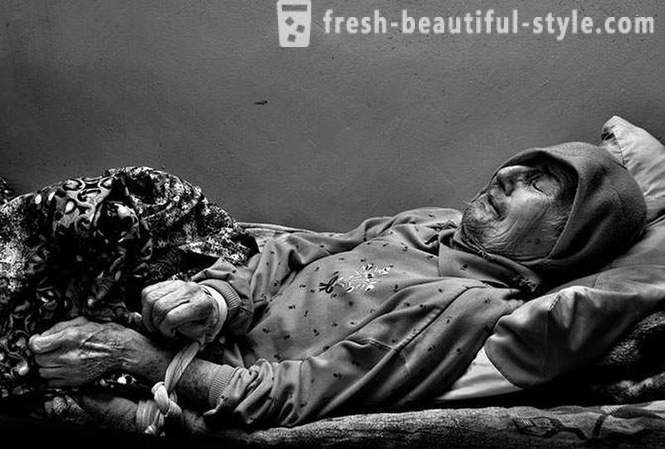
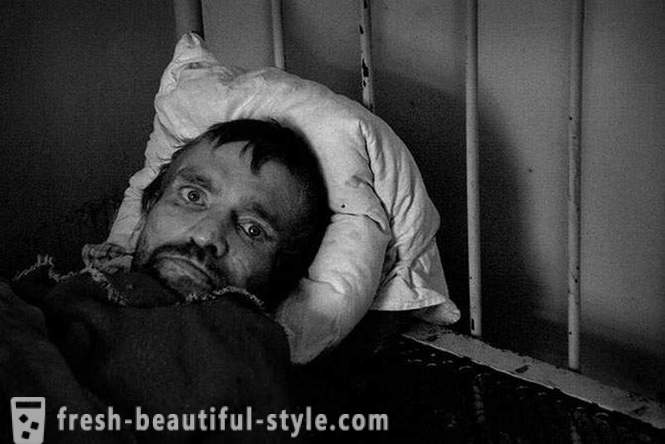
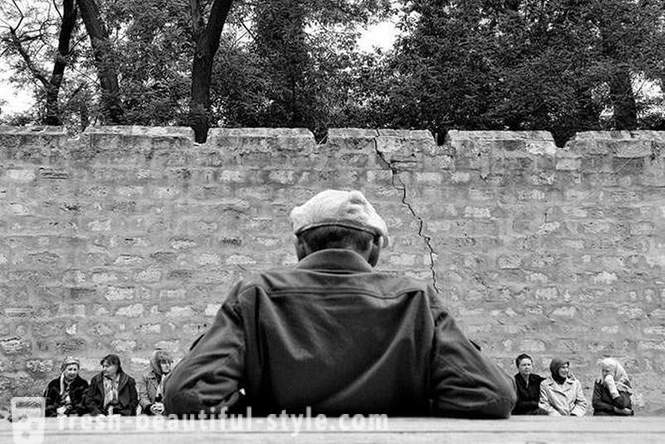
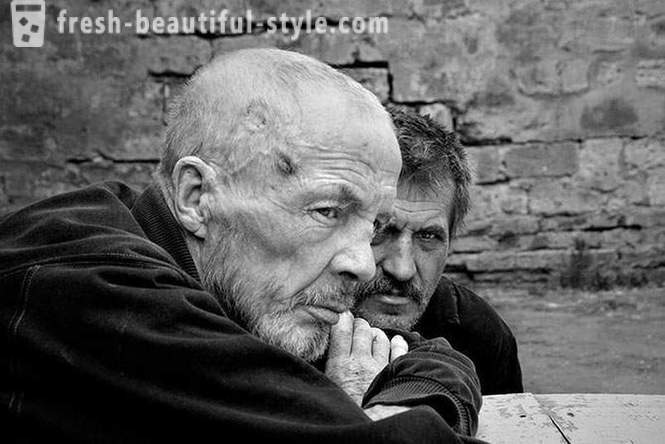
When we see one of those that are hidden by civilized nations in the clinic for the mentally ill, we look down on him. We think that with us this will never happen. We hide behind their own ignorance and indifference.
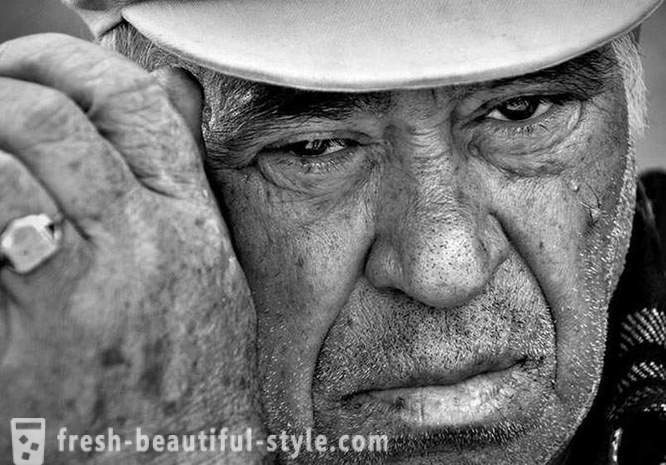

This psychiatric clinic is located in the former NKVD prison. Behind it - the only one in town with a population of one hundred thousandth the hospital; next to the hospital, to the right - City Executive Committee; Left - a prison, too, the only one in the city. And in the center of the triangle - she said.
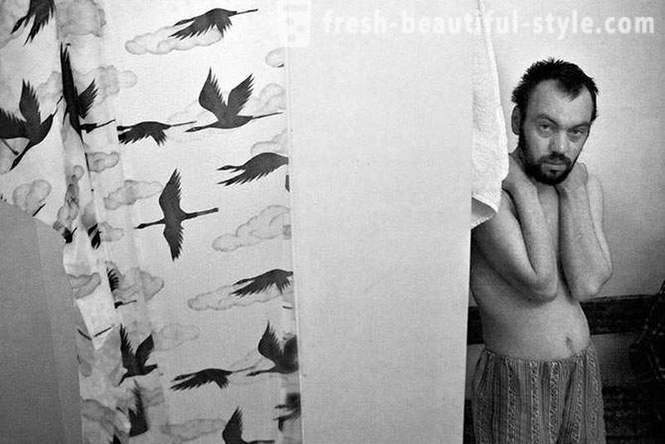


I do not want to tell the history of the patients and what they are there for some reason - it's their own. We must not forget that the photographer is responsible for every millimeter in his photos. I can only say that today more than half of the patients, whom I photographed have long been dead (the project was filmed in 2006 -. Ed.).













































